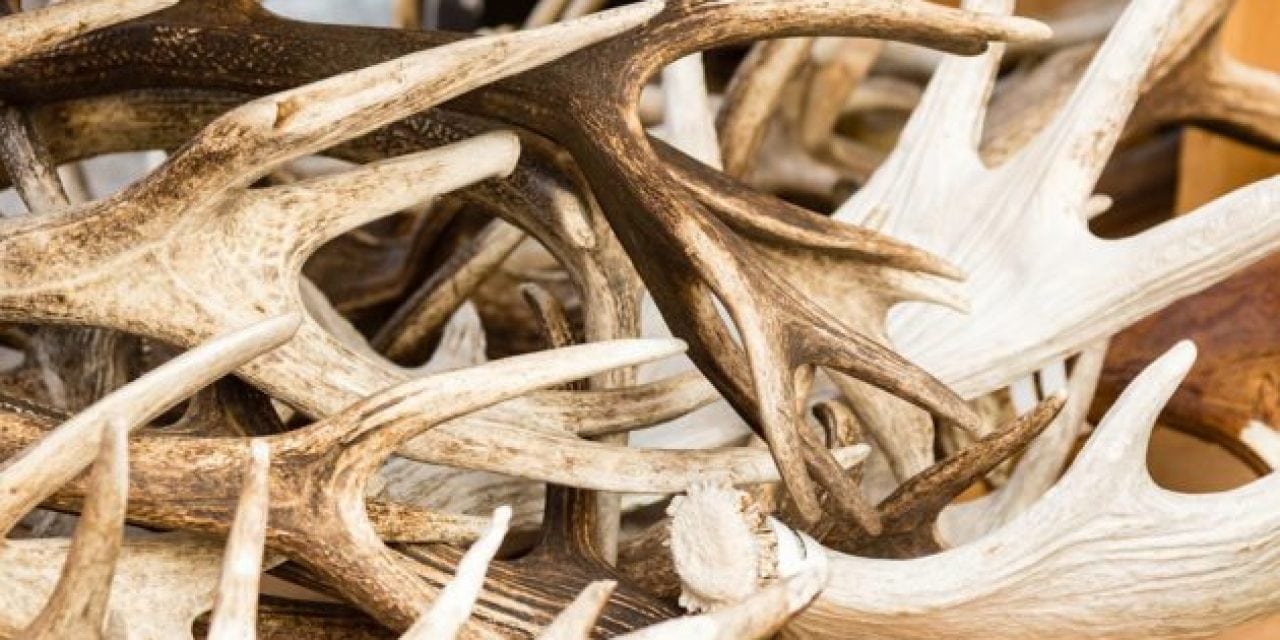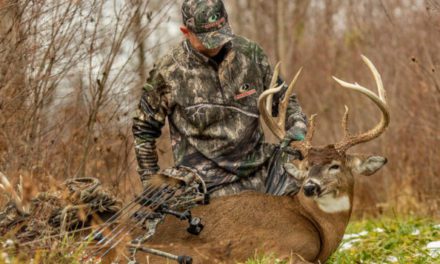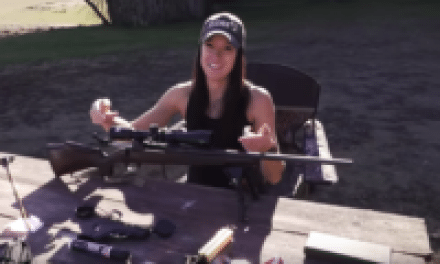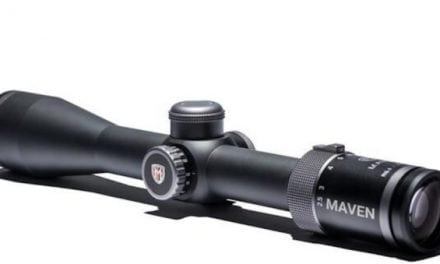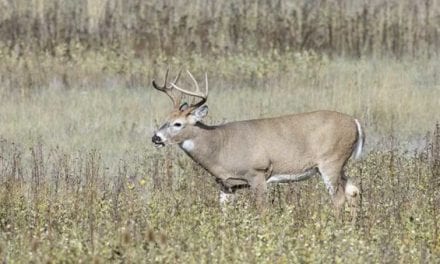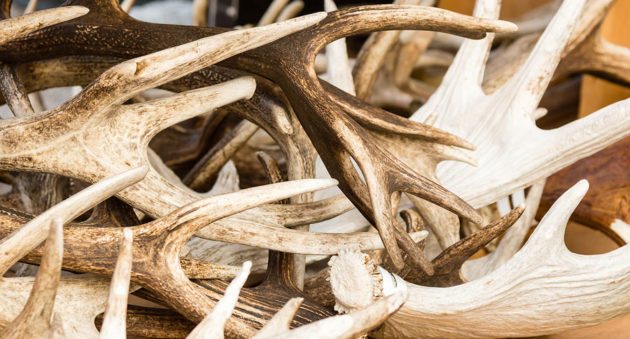
When it comes to whitetails, finding a shed antler can be very difficult. Using these simple tips can help just about anyone increase their success rate.
As hunting season has come and gone, it’s time to keep the calendar pages turning. This time of the year is when everyone is trying to find the best time to go shed hunting. They use information from social media groups, trail cameras, and if they’ve experience success before, they usually have a good idea of when the time is right.
If you’re new to shed hunting or looking to get a little better at it, here are a few quick tips to try next time you head out looking for some sheds.
1. Where are the bucks?
This is what good The Quality Deer Management Association #QDMA looks like! This is only a 2-hour timelapse on one of our farms. "Baiting" is legal in Maryland but we use a blend that ATTRACTS deer. This helps with accountability. Any deer in the area, more specifically when using fields, will at least "Stop by" the bait. We do not HUNT over the bait, but late and early season we use this as a way to help us get an idea of our numbers.
Posted by Top Pin Outdoors on Thursday, January 19, 2017
This sounds like a no-brainer, but the truth is, if you have a property where you don’t see bucks the entire hunting season, there’s a good chance you won’t find much for sheds. Often times, farmers may not allow deer hunting on their land, but they may allow you to look for a shed or two. Ultimately, your best bet is to keep a log of where and when you see bucks throughout the year.
The use of trail cameras can be a big help. We store all of our photos using DeerLab and tag “buck” for every buck. Then, this time of the year, we refer to that information to look for areas that have a higher concentration of bucks. Sometimes, though, just remembering you saw a great bachelor group of bucks on your trip to the store in August could bring you success late in the season.
2. Bedding areas
This may be an obvious tip for some, but this is where deer spend a large portion of their time. If you know where their bedding area is, your odds are already better. On two of our properties, we hold several small bedding areas we never visit during the regular hunting season. This is the only time we ever enter that area and we’re constantly taking notes while we walk through.
3. Heavily used game trails
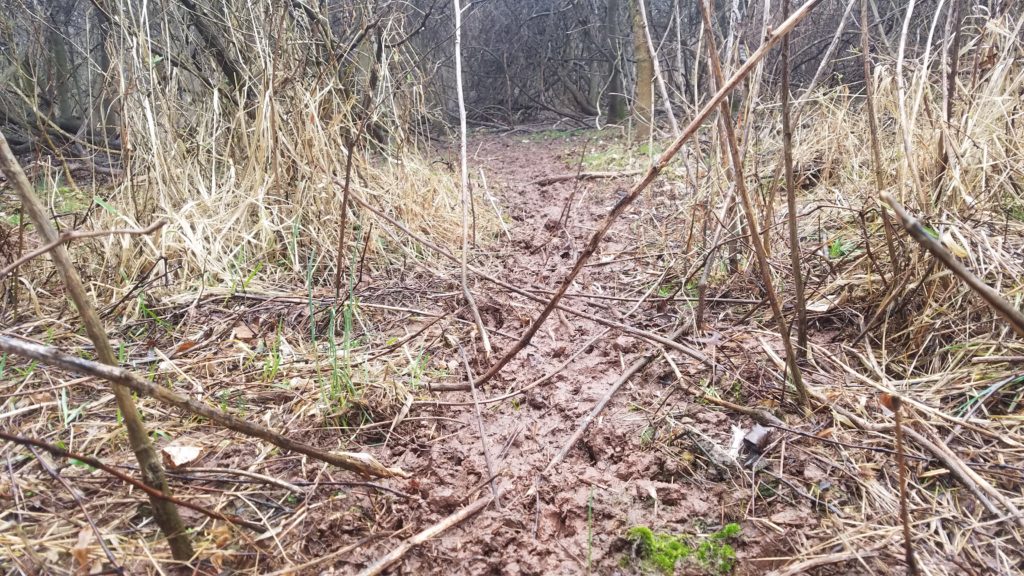
Deer in the late season are trying to survive. They are mostly going from bed, to food and then back. When they aren’t bedding, they’ll be grouped up and headed to food. If you’re lucky enough to have snow to indicate these trails, you can start there. This is a great time to put some miles on your feet. Walking the game trails has a much higher success rate than blindly walking through the woods in my experience.
4. Food sources
Late-season food sources can be a great spot to find a shed antler. As deer move around filling their bellies, they’re constantly moving their heads up and down. This little bit of movement can cause a buck to drop his antlers if they’re on the brink of dropping. Ultimately, where deer sleep, travel and feed are no-brainers, but this is good to keep in mind.
5. Open fields or food plots

We found most of our sheds this year in open fields. This year, I added a Quietkat to the mix of shed hunting tools. The Quietkat allowed me to drive the farmers’ fields with no damage to the winter wheat crop. The best part was it was quick, quiet and super efficient. I was able to search much more efficiently and cover much more property while using the Quietkat than I would’ve by walking. ATVs are allowed and could’ve been an alternative, but having respect for the land, crop and the farmer led me to getting the Quietkat. It ultimately served as a great tool to checking these fields and pulling a few trail camera cards while I was out there.
6. Water sources and creek bottoms
I didn’t realize these were hot spots until this year. Normally, I would find a shed here and there in the creeks, but never really put it together as a hot spot. That changed when we found a few more this year in the creek beds. I came up with a few reasons as to why these may be good spots.
During the winter we have enough cold weather that ponds and slow-moving creeks often freeze. Deer still need to drink water daily, so finding a water source is similar to finding a food source, only easier to narrow down. So, I also believe they can be more prone to lose their sheds near creeks, as you’ll often see them jump across a creek from one bank to another. This may just be enough movement and impact to cause a buck to drop its antlers. Even if that isn’t true, a water source is something a deer must visit to survive, so finding one could be a great spot to find some sheds.
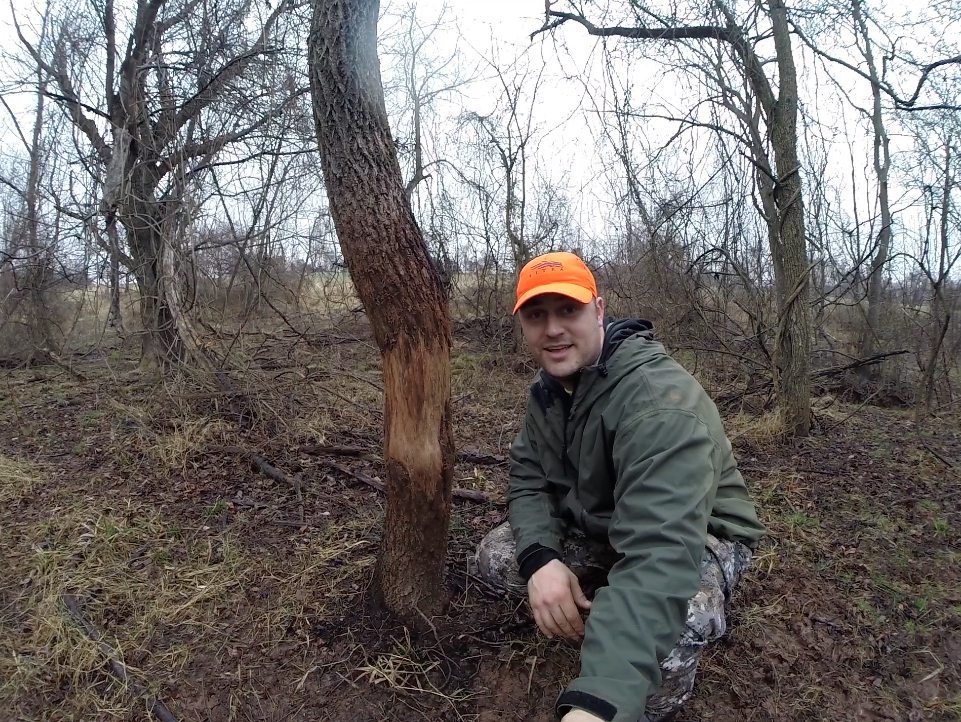
Additionally, taking the time to hunt for sheds presents great opportunity to scout for late-season stand locations, too. It’s also presents opportunities to look for buck rubs, new places you haven’t scouted before or anything else you can log in a notebook.
Like what you see here? You can read more articles by Dustin Prievo here. Follow him and his hunting team, Top Pin Outdoors, on Twitter, Facebook and Instagram.
NEXT: SHED HUNTING: IS NOW THE BEST TIME TO HANG YOUR TREESTANDS?
The post 6 Quick Tips for More Shed Hunting Success appeared first on Wide Open Spaces.

